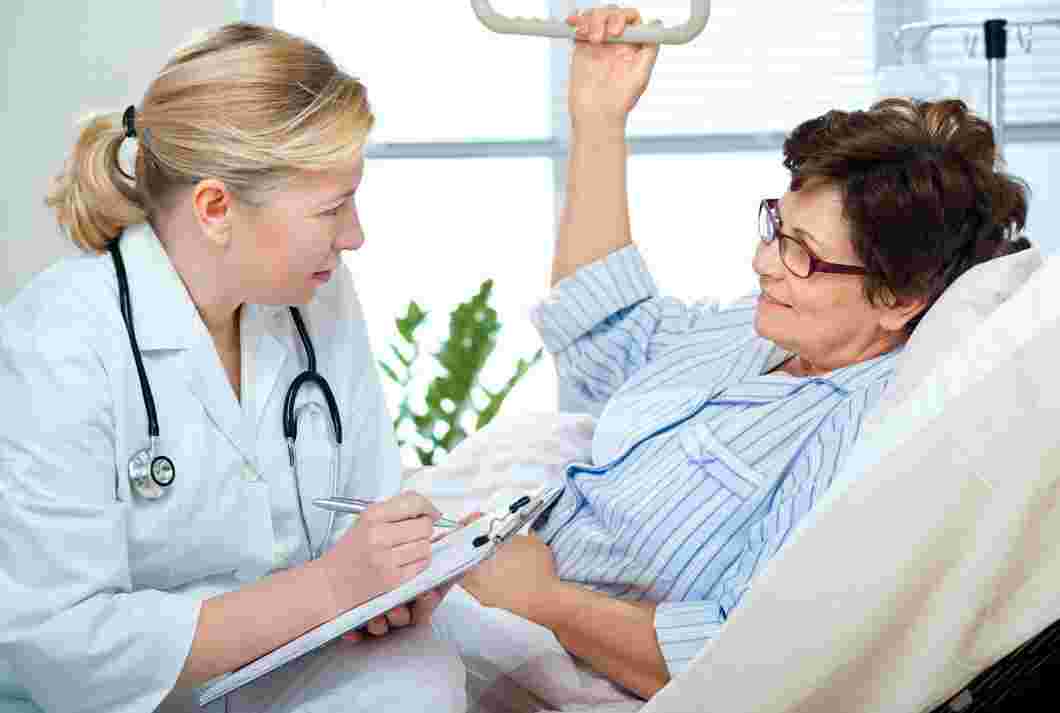A gastroscopy is a simple yet effective procedure which allows a clear view of the lining of the oesophagus (gullet), the stomach and the first part of the intestine. This procedure is commonly used to investigate and assess symptoms such as upper abdominal pain, nausea and vomiting, reflux, difficulty swallowing or unexplained/sudden weight loss.
Gastroscopies are performed using a thin tube (gastroscope) with a camera and small light on the tip which is inserted through the mouth. This procedure is also one of the most effective methods of detecting inflammation, ulcers or early cancer.
In some cases, gastroscopies/endoscopies are used to treat conditions as well, with the hopes of avoiding invasive surgery. Here are a couple of examples of where gastroscopy is used for treatment:
- Gastric polyps that need removing
- Bleeding Gastric or Duodenal ulcers
- Banding of oesophageal varices
- Strictures that need stretching
- Biopsies can be obtained where tumours or infection are suspected
Your procedure at Direct Endoscopy starts with a small amount of anaesthetic – just enough to allow you to sleep during the procedure. Once you’re blissfully unaware, the camera is inserted through the mouth and images displayed on a video screen.
Don’t be alarmed or discouraged if you feel uneasy leading up to your appointment. While most people will undergo anaesthesia at some point, and others many times, it is a perfectly normal response to feel a little nervous regardless of ‘experience’.
Direct Endoscopy has been providing gastroscopy procedures across Melbourne for over 20 years. We are currently one of the largest providers of Gastroscopy in Melbourne.
What to expect post-procedure
It’s important to remember that a gastroscopy/endoscopy is a very common and simple procedure which very rarely results in complications. Any risks specific to you will be discussed with you prior to your procedure. If you have any questions regarding your upcoming procedure, your doctor will be more than happy to assist, or you can download any of our printable information sheets.
Any time anaesthetic is required patients will need to arrange transport to and from the hospital, as your ability to drive will be impacted. It is strongly recommended you avoid driving for the following 12 hours, and you have a responsible person who can remain with you during this time. In the rare case complications do occur, it’s much safer to have someone who can help.
Your doctor will give you specific after-care instructions for you to take home, but as a general “rule of thumb” from an anaesthetics point of view it’s a good idea to stay at home and rest for 12 hours following your discharge. Enjoy the “time off” and catch up on some reading or favourite T.V shows!
You’ll find our state of the art facilities at three convenient locations across Melbourne’s Metropolitan area, with warm, caring staff that is there to help and take care of you from start to finish.
Securing a procedure with Direct Endoscopy is easy – simply call and make an appointment, print and take a referral form to your GP, and follow any instructions given by our highly trained staff.
Our easy to use website is filled with useful information available for download, ensuring everything you need to know is just a click away! If you have any questions or you’re simply feeling a little uneasy, our friendly staff is always available to assist in any way so don’t hesitate to give us a call!
More Information:
- Endoscopy: click here
- Colonoscopy: click here
- Gastroenterologist: click here
- When to get a colonoscopy, why you need one and how it all works - November 22, 2021
- Why Your Doctor Wants You to Get a Colonoscopy - October 12, 2021
- Why Australia’s Bowel Cancer Screening Age Should Be Lowered to 40 - July 23, 2021

